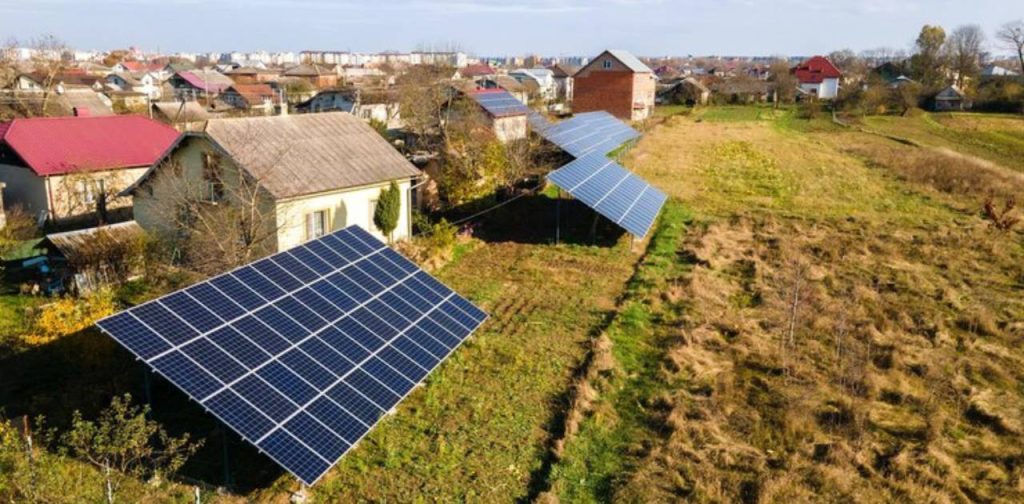Introduction
India, with its vast rural landscape, presents a unique set of challenges and opportunities in the quest for sustainable development. The electrification of remote villages has been a longstanding goal, and solar solutions for villages emerge as a transformative solution. In this blog, we delve into the technical aspects of implementing solar energy for remote villages in India, highlighting the potential, challenges, and roadmap to a brighter, cleaner future.
Understanding the Rural Energy Landscape
Many remote villages in India still lack access to a reliable power supply, severely hindering economic development and quality of life. Traditional grid extension is often impractical due to geographical constraints and cost considerations. Solar solutions for rural areas, however, offer a decentralized and sustainable alternative, harnessing the abundant sunlight that characterizes the Indian subcontinent.
The Promise of Solar Energy
India, blessed with ample sunlight throughout the year due to its geographical location, is ideally suited for village solar power solutions. Solar energy is clean, renewable, and can be harnessed using various technologies, such as photovoltaic cells and solar thermal systems.
Implementing Solar Energy in Villages
Solar Home Systems
Solar home systems, comprising a solar panel, a battery, and a charge controller, can power small appliances like lights, fans, and mobile chargers. These systems are ideal for individual households and can significantly improve the quality of life.
Solar Microgrids
Solar microgrids are larger systems capable of supplying electricity to multiple households or an entire village. These systems consist of a large array of solar panels, a substantial battery storage system, and a sophisticated control system.
Offgrid solar solutions for villages, such as solar water pumps, can replace traditional diesel-powered pumps for irrigation and drinking water supply. These pumps provide a reliable water source for agriculture, contributing to food security and rural development.
Benefits of Solar Energy in Villages
1. Reliable Electricity Supply: Solar energy can provide a consistent and reliable electricity supply, thereby improving living conditions in villages.
2. Sustainable Development: As a clean and renewable source of energy, solar energy contributes to sustainable development and helps reduce carbon emissions.
3. Economic Opportunities: The installation, maintenance, and operation of solar systems can create job opportunities in rural areas, leading to economic development.
Challenges and Solutions
1. Initial Costs: The upfront costs of implementing a solar solution for villages can be a barrier for rural communities. To address this, innovative financing models and government incentives can be explored to make solar installations economically viable.
2. Maintenance and Skill Development: Ensuring the long-term sustainability of solar projects requires training local technicians for system maintenance and repairs. Community involvement in these processes enhances project ownership and durability.
3. Energy Storage: Battery technologies continue to advance, providing more efficient and affordable options for energy storage. Implementing the latest storage solutions ensures reliable power availability during non-sunlight hours.
4. Policy Support: Supportive policies at the national and state levels can significantly boost the adoption of solar solutions in rural areas. These may include subsidies, favorable tariffs, and streamlined regulatory processes.
Case Studies
Highlighting successful solar solutions for villages across India serves as inspiration and a blueprint for future projects. Case studies can include details about energy generation, community engagement, and the impact on local businesses and education. These solar solutions for rural areas not only provide a sustainable source of energy but also stimulate local economies and enhance the quality of life.
Conclusion
As we navigate the complex terrain of rural electrification in India, village solar power solutions stand out as a beacon of hope. The technical aspects of implementing solar energy for remote villages involve a careful orchestration of components, thoughtful planning, and community engagement. By harnessing the power of the sun, we not only illuminate homes but also pave the way for economic empowerment, improved education, and a sustainable future for the vibrant communities that make up rural India. The journey toward offgrid solar solutions for villages is not just a technical endeavor; it’s a testament to the transformative potential of clean energy in shaping the destiny of nations.





